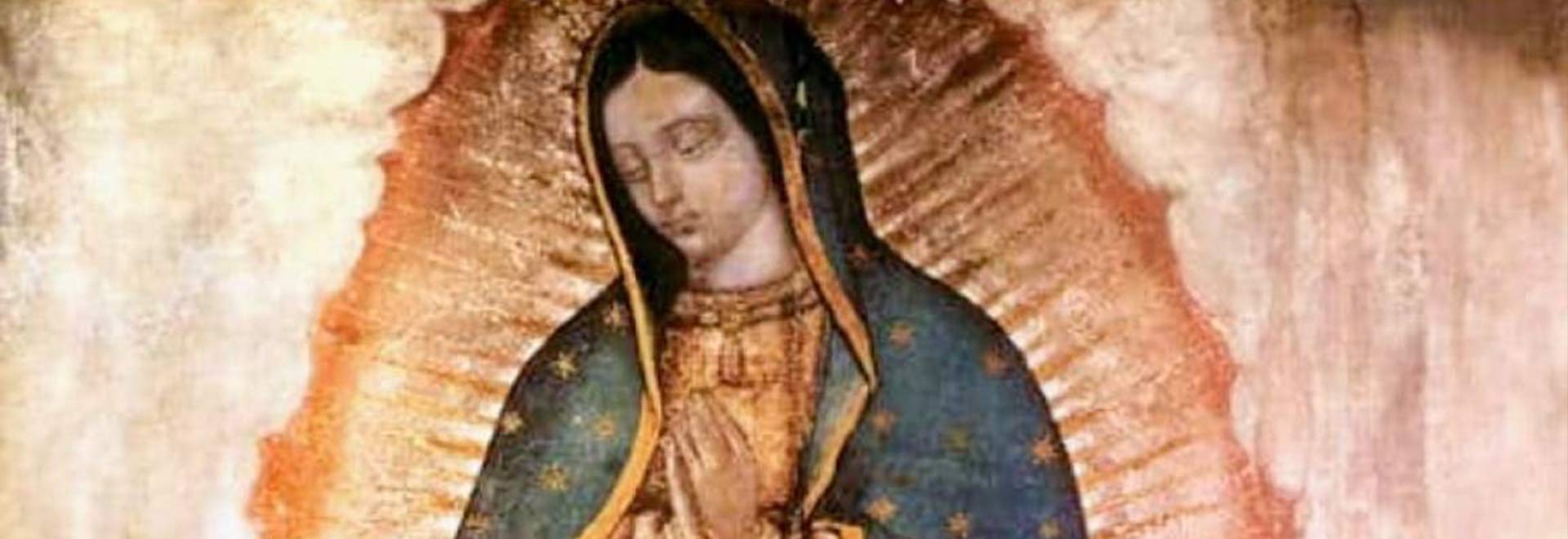The history of the image of the Virgin of Guadalupe begins on December 12, 1531, when an Indian known as Juan Diego claimed to have seen the Virgin Mary on Mount Tepeyac. According to Juan Diego, the Virgin had asked for a temple to be built on the site of the apparition. When he heard this message, the then bishop of the place, Fray Juan de Zumárraga, demanded proof to confirm the veracity. Juan Diego went to the mountain and returned with flowers that did not exist in December, wrapped in his cloak. When he unrolled the cloak, roses appeared and something more impressive: the image of the Virgin of Guadalupe that we all know.
The bishop kept the cloak with the image of the Virgin, which he later placed in the temple created to venerate her. So far, that is what history says. But what does science say? Several aspects have amazed researchers.
How was the image painted? When scientists have investigated the cloth, they have not been able to determine how it was painted, nor the origin of the colors. Professors from various universities have even claimed that the material that gives rise to the colors is not composed of elements known on Earth.
How is it that the cloth has not deteriorated?
How is it possible that the humble tilma, made of maguey fibers, has endured almost five hundred years? By their nature, these fibers decompose in less than 50 years.
How did it withstand direct handling for a century?
The image was not protected for 116 years, exposed to dust, humidity and saltpeter. In addition, it received the constant impact of candle smoke and insects, from human hands. How is it possible that all this ‘hustle and bustle’ has not deteriorated the image?
Why does it maintain a constant temperature?
A researcher from the Center for Guadalupano Studies explains that the tilma is invariably kept at 36 and a half degrees, that is, at the same temperature as the human body.
How could it resist a bomb attack?
When a powerful device exploded at the foot of the image, destroying the marble stairs, a metal crucifix, and countless ornamental elements, surprisingly, the image of the Virgin remained intact.
How has it maintained the vividness of the colors?
The polychromy seems so fresh, as if it had just been painted, even though some workers who were cleaning the silver frame of the image accidentally spilled nitric acid on it.


